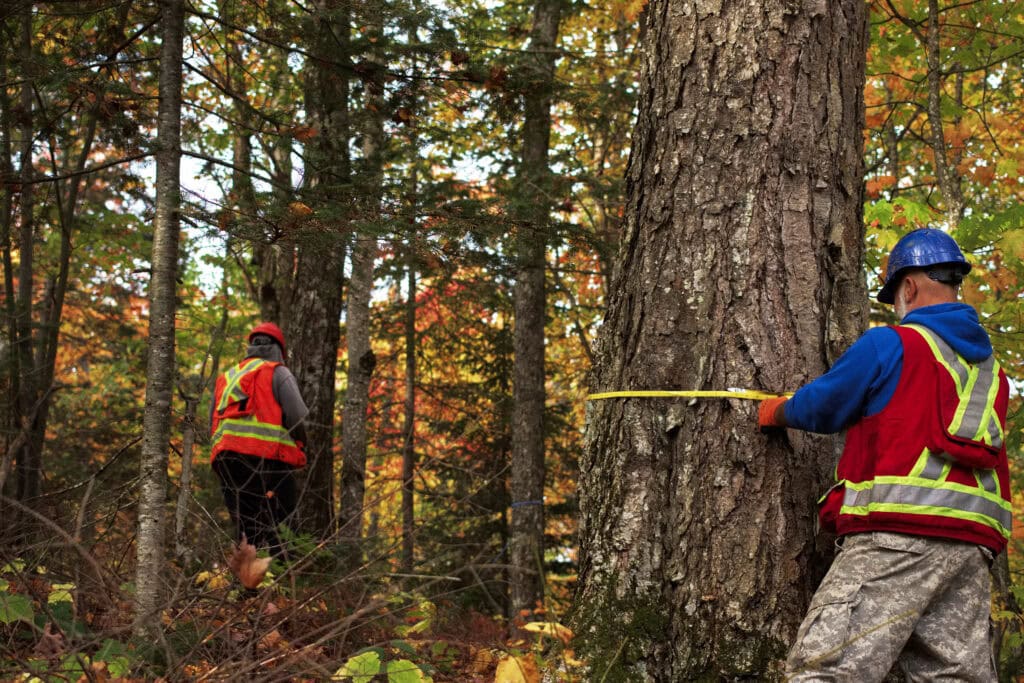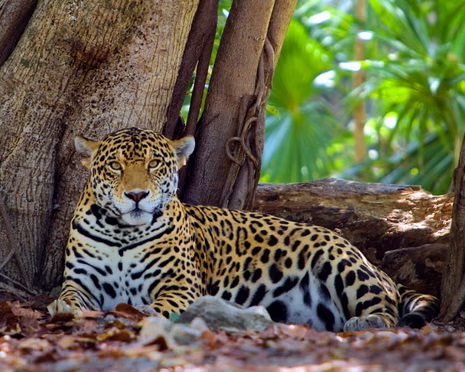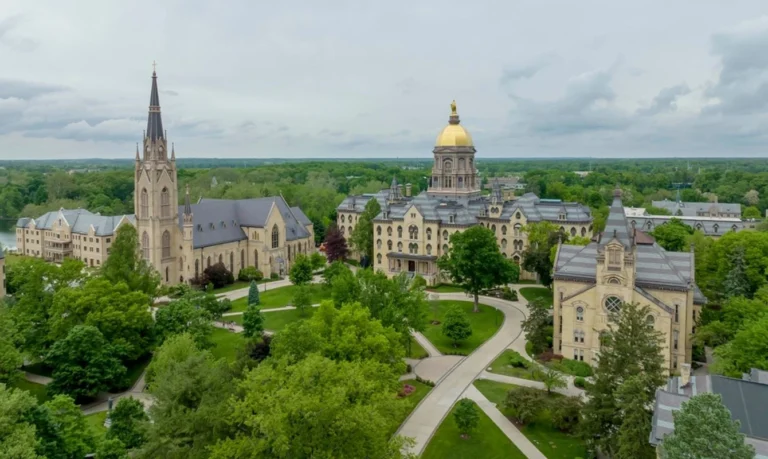
In the vast, ancient forests of Canada, a revolutionary approach to conservation is taking root, one that intertwines environmental stewardship, Indigenous rights, and long-term economic stability. This innovative strategy, known as Project Finance for Permanence (PFP), is moving beyond traditional, short-term conservation efforts. It’s creating a powerful, lasting legacy by empowering the original guardians of the land—Indigenous communities—to lead the way in protecting some of the planet’s most vital ecosystems.
This isn’t just another environmental program; it’s a paradigm shift in how we value and protect our natural world, with Canada’s carbon finance model at its heart.
What is Project Finance for Permanence (PFP) and Why is it a Game-Changer?

For decades, conservation efforts have often relied on a cycle of short-term, fragmented grants. This created uncertainty and made it difficult for communities to plan for the long term. The Project Finance for Permanence model flips this script entirely.
PFP is a large-scale financial model that secures all the necessary funding for a conservation plan upfront. It brings together a diverse group of funders—including federal and provincial governments, private philanthropists, and corporations—to create a massive, long-term endowment. This single, comprehensive agreement ensures that the financial resources are there for the long haul, allowing for ambitious, multi-generational planning and execution.
Key features of the PFP model include:
- Upfront, Large-Scale Funding: Instead of piecemeal grants, a single, large fund is established to guarantee financial security for decades.
- A Clear, Shared Goal: All parties agree on a common set of conservation and well-being objectives before the funds are released.
- Indigenous-Led Governance: The model is built on the principle of co-governance, placing Indigenous knowledge and leadership at the forefront of decision-making.
- Durable and Sustainable: It creates a permanent solution, not a temporary fix.
The Carbon Finance Engine: How Forests Fund Their Own Protection
A key component that makes the PFP model so sustainable is its integration with carbon finance. Here’s how it works:
- Forests as Carbon Sinks: The vast boreal and temperate rainforests of Canada are incredible carbon sinks, absorbing and storing enormous amounts of atmospheric carbon dioxide (CO2).
- Generating Carbon Credits: By protecting these forests from deforestation and degradation, and by actively engaging in habitat restoration, these Indigenous-led projects generate high-quality, verifiable carbon credits. Each credit typically represents one tonne of CO2 removed from or prevented from entering the atmosphere.
- Creating a Revenue Stream: These carbon credits are sold on compliance or voluntary carbon markets to companies and governments looking to offset their emissions. The revenue generated from these sales flows back to the Indigenous communities, creating a self-sustaining financial cycle to fund ongoing conservation and community projects.
This transforms protected areas from a perceived economic liability into a powerful economic asset that fuels local prosperity.
Success in Action: The Great Bear Rainforest and Haida Gwaii

The most celebrated example of the PFP model in Canada is the Great Bear Rainforest in British Columbia. This vast expanse of temperate rainforest, covering 6.4 million hectares, is a global treasure, home to the iconic Spirit Bear, ancient cedars, and vibrant salmon runs.
Through a historic PFP agreement, a coalition of 27 First Nations, the Government of British Columbia, and private funders came together to secure over $120 million for the long-term management of the region.
The tangible outcomes have been transformative:
- Co-Management Rights: First Nations are no longer just stakeholders; they are partners in governance, with legally recognized authority over their traditional territories.
- Ecosystem Restoration: Active projects are underway to restore vital salmon habitats and manage forests sustainably, guided by traditional ecological knowledge.
- Economic Diversification and Job Creation: The secure funding has catalyzed the growth of a local “conservation economy.” This includes:
- Indigenous Guardian Programs: Employing community members to monitor ecological health, manage protected areas, and educate visitors.
- Sustainable Eco-Tourism: Supporting First Nations-owned and operated tourism businesses that offer authentic cultural and wilderness experiences.
- Renewable Energy Projects: Developing small-scale clean energy projects, reducing reliance on fossil fuels in remote communities.
- Cultural Revitalization: The model supports the preservation of cultural practices and the transfer of ancestral knowledge from elders to youth, strengthening community identity and well-being.
Similarly, the Haida Nation on the archipelago of Haida Gwaii has used a similar model to secure management rights and develop a sustainable economy that respects their deep cultural connection to the land and sea.
A Blueprint for the Future: Environmental and Social Gains Hand in Hand

Canada’s PFP model is proving that environmental protection and human prosperity are not mutually exclusive—they are deeply interconnected. This approach doesn’t just protect trees and wildlife; it invests in people. It fosters economic reconciliation, respects Indigenous sovereignty, and builds resilient communities.
By placing Indigenous peoples in the driver’s seat, backed by secure and permanent financing, Canada is crafting a globally significant blueprint for conservation. It’s a powerful testament to the idea that the most effective environmental strategies are those that honor and empower the communities who have stewarded the lands for millennia.
🧩 Related Articles:
- How the EPA’s First-Ever Enforceable PFAS Drinking Water Limits Aim to Protect 100 Million Americans from Toxic Exposure by 2029: A Major Milestone for Public Health and Environmental Safety
- El Camino del Mayab: Mexico’s First Long-Distance Trail Connecting Ancient Maya Heritage with Modern Sustainability
- From Cranberries to Conservation: How Massachusetts is Transforming Declining Bogs into Thriving Wetlands that Protect Wildlife, Clean Water, and Inspire a Greener Future
- Project Finance for Permanence (PFP) model



